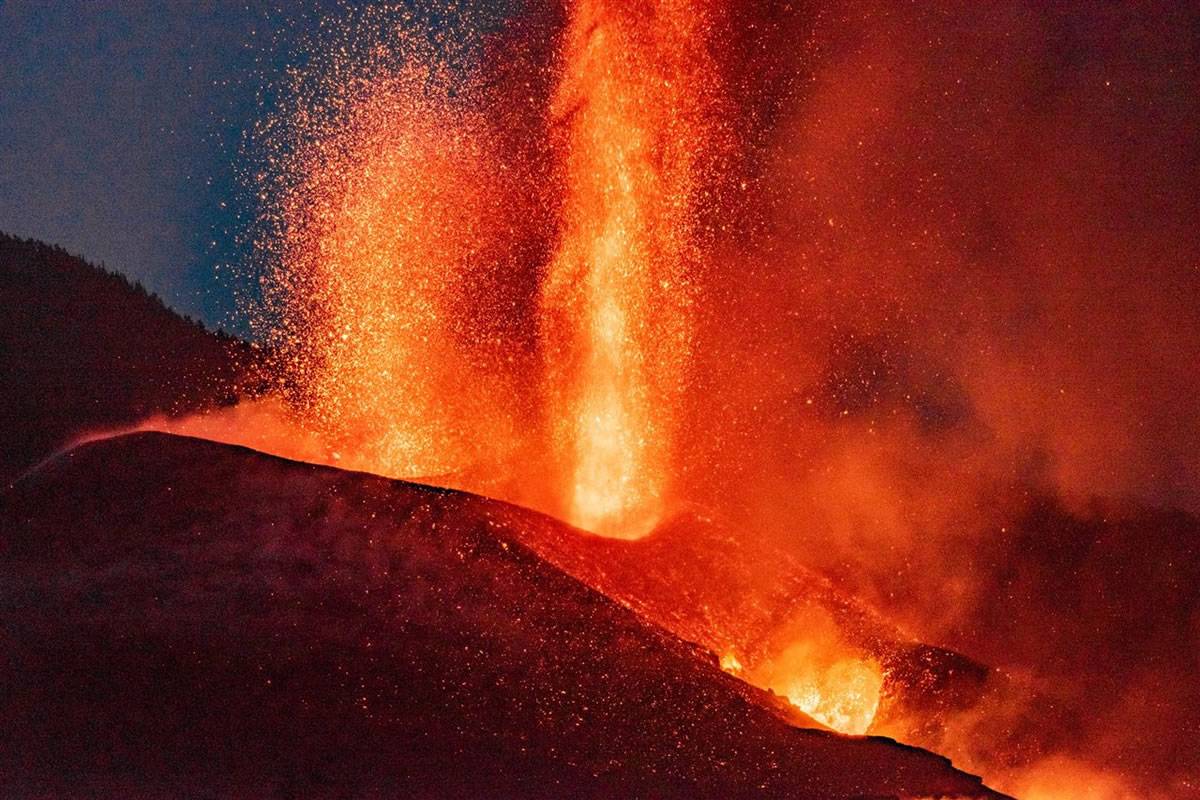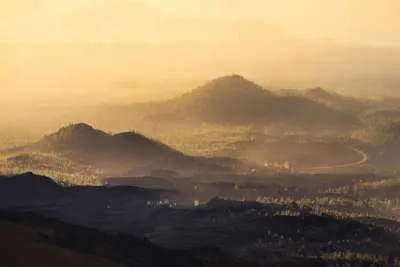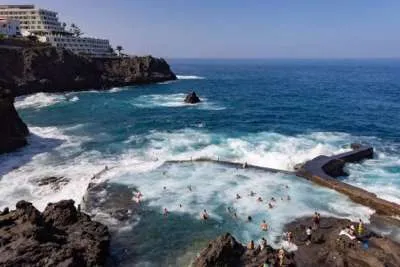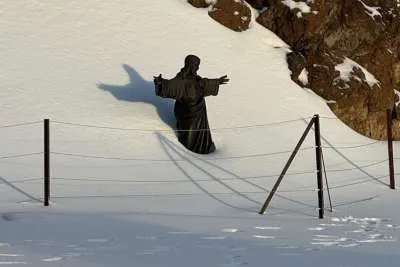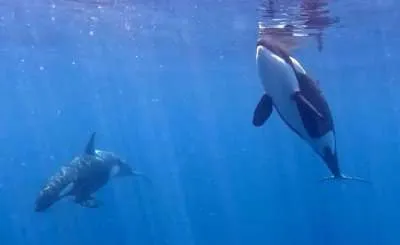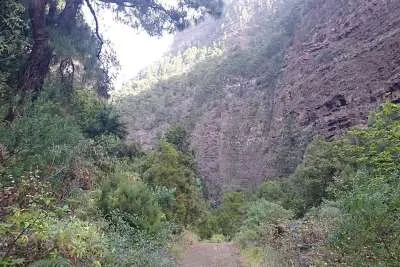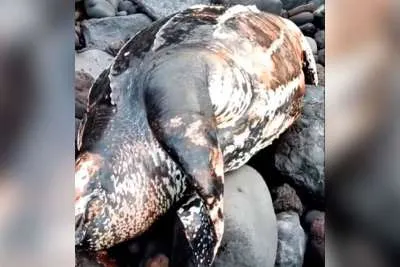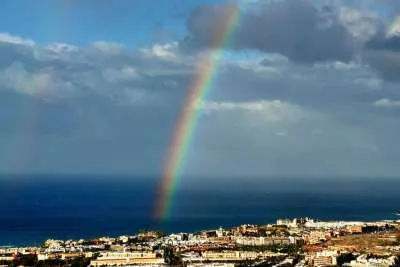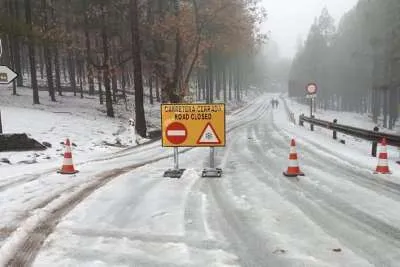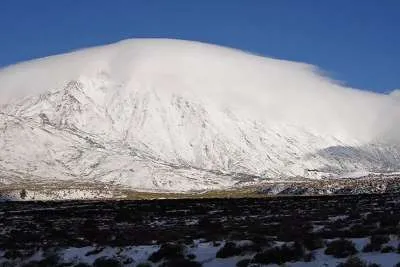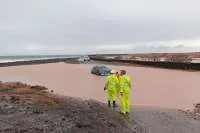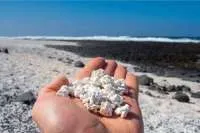Involcan calculates there is 400 cubic kilometres of magma under La Palma
- 01-11-2022
- Tenerife
- Canarian Weekly
A team of researchers from the Canary Institute of Volcanology (Involcan), has put figures on the large magma reserve located under the island of La Palma, from which several volcanoes have been supplied, which they say is approximately 400 cubic kilometres of molten magma and volcanic material.
The most recent eruption of the Tajogaite volcano in Cumbre Vieja, emitted around 215 million cubic metres (0.215 km3), during its 85-day eruption (September 19th - December 13th, 2021), not including ash and other pyroclasts; which is only 0.05% of that large reserve.
A week ago, Involcan reported the discovery of this reservoir, which the journal, Scientific Reports, has echoed in an article also supported by researchers from the University of Granada, and the Trofimuk Institute of Petroleum Geology and Geophysics of the Royal Academy of Sciences From Russia.
The director of Involcan, Nemesio Pérez, says that the importance of this study on the deep structure of La Palma, and the discovery of this large reservoir that, he stresses, not only fed Tajogaite, but also the rest of the island's historical eruptions, and possibly those before the arrival of Europeans in the fifteenth century.
The calculation of these 400km3 of magma is a "conservative estimate", the study says, as the formation of this large reserve under La Palma has been growing continuously for around two million years.
Among its conclusions, the team of researchers warns that: “given the size of the reservoir it is not possible to rule out that this magmatic system could generate new eruptions in the future on La Palma.
Additionally, the work carried out in the monitoring and analysis of seismicity, and the obtaining of high-resolution images of the interior of the Earth under La Palma has allowed us to verify a faster than expected evolution of the pre-eruptive phase, which was only seven days in the case of the Tajogaite volcano.

La Palma eruption was a scientific milestone:
Involcan considers this work "an unprecedented scientific milestone" because it was possible to monitor the entire eruptive process inside the Earth, monitoring the path followed by the magma to the surface. The Tajogaite eruption was "a very accelerated and energetic process since the magma rose almost 10 kilometres to the surface in just seven days”.
The precursor phase took place between October 2017 and August 2021, when different seismic swarms were produced with hypocenters located at depths between 10 and 25 kilometres.
It was only a week before the eruption when there was "a rapid migration" of seismicity, which points to the rise of the magma, first vertically and then diagonally as it encountered less resistance from the ground until it reached the surface.
Other articles that may interest you...
Trending
Most Read Articles

Featured Videos
A Vision of Elvis Tenerife Promo
- 10-05-2025
TEAs 2025 Highlights
- 17-11-2025


